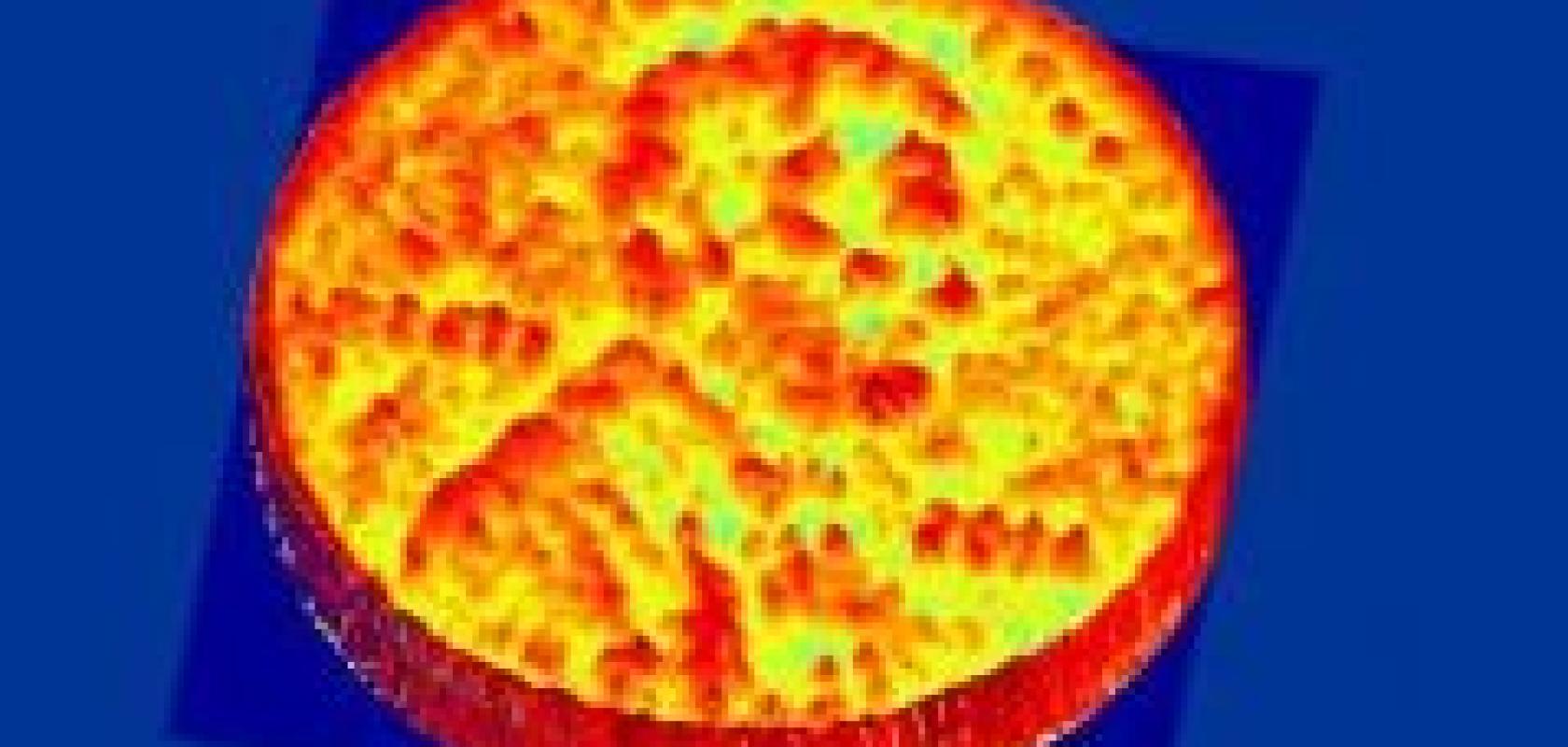Researchers from the California Institute of Technology (Caltech) have developed a nanophotonic coherent imager (NCI), which generates a high-resolution 3D image from an inexpensive silicon chip less than a square millimetre in size.
One of the potential uses for the imager is as a 3D camera to scan objects so that they can then be replicated with a 3D printer. The work was published in Optics Express.
Each pixel in an image captured by the device produces both distance and intensity information. ‘Each pixel on the chip is an independent interferometer…which detects the phase and frequency of the signal in addition to the intensity,’ explained Ali Hajimiri, the Thomas G Myers Professor of Electrical Engineering at Caltech.
The device operates via lidar whereby an object is illuminated with coherent light and the reflected light analysed by on-chip detectors, called grating couplers, which serve as ‘pixels’. The phase, frequency, and intensity of the reflected light from different points on an object is detected and used to determine the exact distance of the target point.
The device is based on a silicon photonics chip design, incorporating coherent light onboard the chip for extremely accurate depth measurements. The overall system is also very small. ‘By coupling, confining, and processing the reflected light in small pipes on a silicon chip, we were able to scale each lidar element down to just a couple of hundred microns in size − small enough that we can form an array of 16 of these coherent detectors on an active area of 300 by 300µm,’ Hajimiri said.
The first proof-of-concept of the NCI contains just 16 coherent pixels, meaning that the 3D images can only be 16 pixels at any given instance. However, the researchers also developed a method for imaging larger objects by first imaging a 4 x 4 pixel section, then moving the object in 4-pixel increments to image the next section. With this method, the team used the device to scan and create a 3D image of the US penny with micron-level resolution and from half a metre distance.
According to Hajimiri, the current array of 16 pixels could also be scaled up to hundreds of thousands, which could allow the imager to be applied to a broad range of applications, from precise 3D scanning and printing to helping driverless cars avoid collisions.
Further information:


